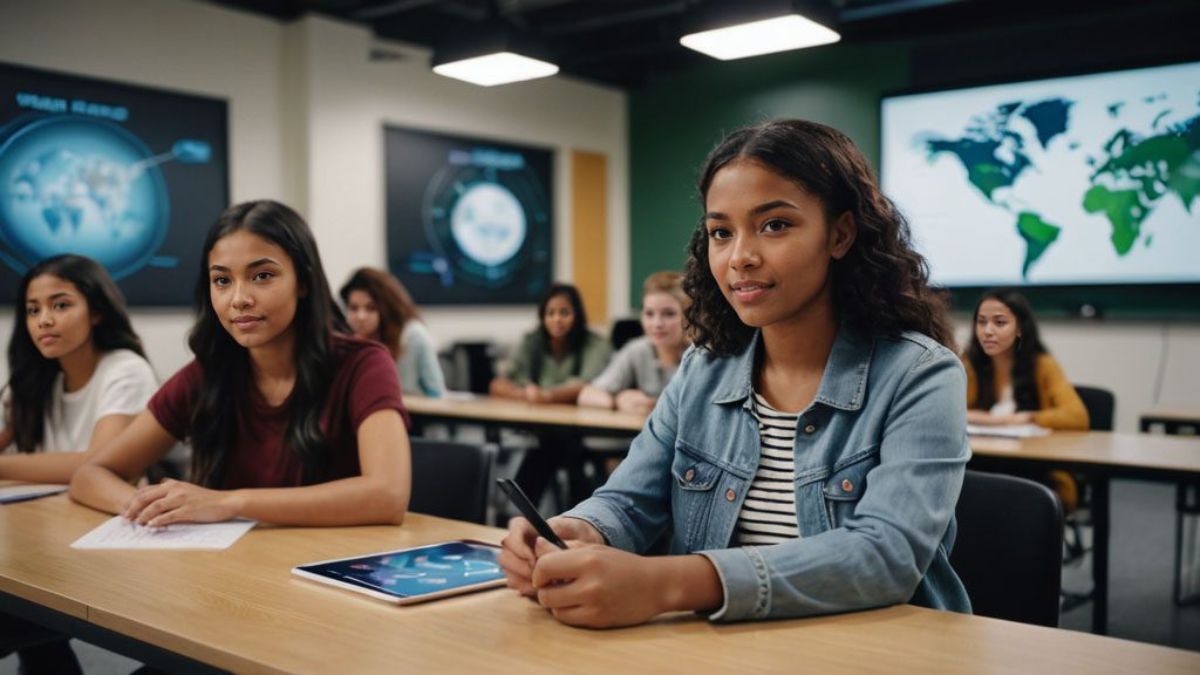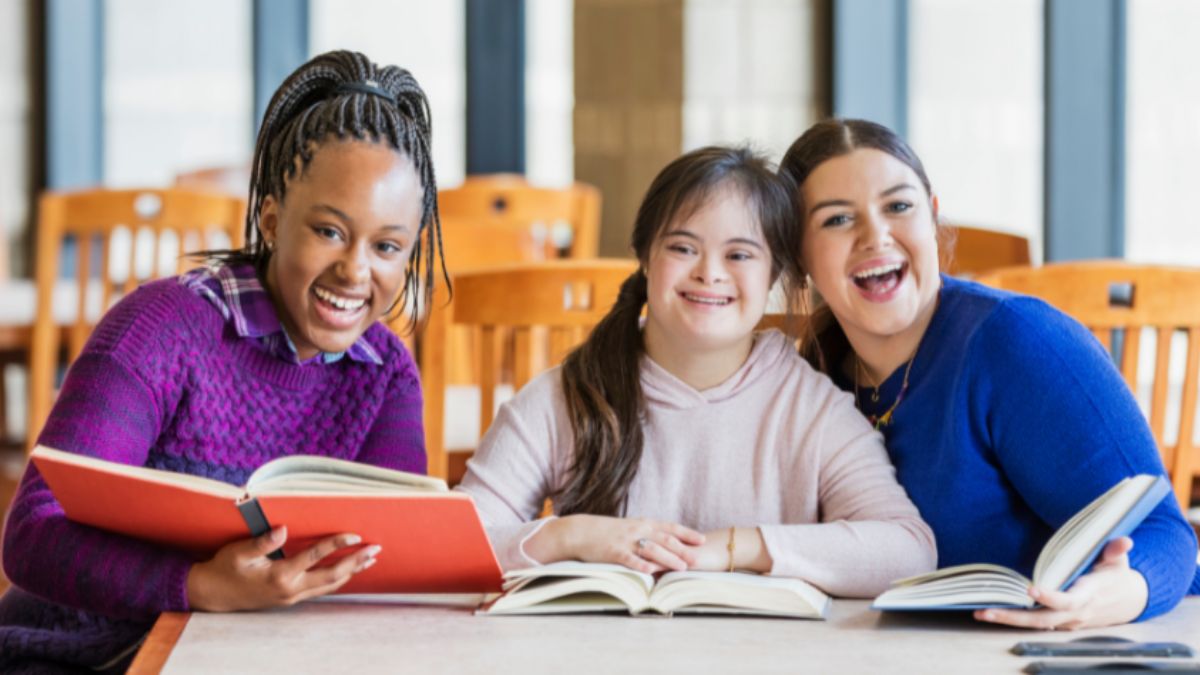Physical Education (PE) often gets overshadowed by other academic subjects, but its importance in schools cannot be overstated. Far from being just about sports, PE develops essential life skills, encourages healthy living, and supports overall student well-being. Yet, with increasing academic pressures and budgetary cuts, many schools are reducing PE programs.
This article explores why physical education is still essential, what challenges it faces, and how we can create better PE programs to benefit students. Whether you’re a teacher, parent, or policymaker, this post will show you why we can’t afford to sideline physical activity in education.
Why Physical Education Is Crucial
Physical education goes far beyond running laps or doing push-ups. It contributes significantly to students’ physical, mental, and social development.
Improves Physical Health
Exercise strengthens muscles, builds stamina, and improves cardiovascular health. The CDC recommends children get at least 60 minutes of moderate-to-vigorous activity daily, and PE classes play a critical role in meeting this goal. Regular physical activity can reduce the risk of obesity, diabetes, and other lifestyle diseases.
Boosts Mental Well-Being
Exercise isn’t just good for the body; it’s great for the mind. Studies consistently show that physical activity releases endorphins, which reduce stress and improve mood. PE classes can offer a welcome break from academic stress, helping students focus better in their other classes.
Develops Social and Emotional Skills
From teamwork to conflict resolution, PE teaches soft skills that students use throughout their lives. Sports can foster camaraderie, leadership, and communication skills, which are critical in personal and professional relationships.
Encourages Lifelong Habits
A positive early experience with physical activity sets the stage for a healthy lifestyle. Students who enjoy PE are more likely to stay active as they age, reducing long-term health risks and enhancing quality of life.
The Challenges Facing Physical Education
Despite its benefits, physical education faces several hurdles.
Budget Cuts and Reduced Class Time
Tight school budgets often lead to reduced or even eliminated PE programs. This is especially true in underfunded schools, where resources are already stretched thin. Additionally, as standardized testing takes precedence, schools may allocate more time to core subjects at the expense of PE.
Lack of Engaging Curriculums
Traditional PE programs often focus on competitive sports, which may alienate students who are less athletic or uninterested in traditional games like basketball or soccer. Diversity in activities is essential to engage all students.
Unequal Access
Not all students have equal opportunities to participate in PE. Some schools lack adequate facilities, while others may not provide inclusive options for students with disabilities.
Negative Stereotypes
For some, PE carries a stigma of being overly competitive or focused on “winning,” leaving many students feeling discouraged or embarrassed. Teachers need strategies to ensure all students feel valued and included, regardless of their athletic ability.
How to Improve Physical Education Programs
Creating impactful PE programs requires innovation, inclusivity, and a tailored approach to student needs.
Diversify Activities
Traditional sports are great, but not every student enjoys them. Incorporating activities like yoga, dance, martial arts, or even fitness tracking games can make PE more exciting for everyone. The aim is variety so that every student finds an activity they enjoy.
Focus on Personal Development
Not all students will become athletes, but all can focus on personal growth. Programs that emphasize self-improvement, like beating a personal best in running or learning balance through yoga, are less intimidating and foster long-term habits.
Professional Development for Teachers
PE teachers need ongoing training to stay updated on new techniques and trends in physical education. Workshops and certifications can help them incorporate innovative teaching strategies, ensuring PE classes are inclusive, effective, and fun.
Leverage Technology
Technology can transform how students engage with physical activity. Apps and wearable fitness trackers allow students to set exercise goals and monitor progress. Virtual classes or video tutorials can also supplement in-person activities, especially for remote learning environments.
Promote Inclusivity
Physical education should be accessible and enjoyable for all students, including those with disabilities. Adaptive equipment, alternative exercises, and thoughtful lesson planning can ensure every child participates meaningfully.
Connect to Broader Curriculum
Linking physical activities to academic subjects can improve engagement. For instance, using relay races to teach math or using mindfulness exercises to reinforce mental health lessons can create interdisciplinary learning opportunities that resonate with students.
Actionable Steps for Schools and Communities
If we’re serious about reinvigorating physical education, we need action at all levels—from schools and teachers to parents and policymakers.
- Advocate for Funding: Communities can rally for increased funding for PE programs and proper training for PE teachers.
- Encourage Parental Support: Parents can emphasize the importance of physical activity at home and support school programs.
- Partner with Local Organizations: Schools can collaborate with community gyms, sports leagues, or wellness centers to provide resources and opportunities for students.
Building a Healthier Future Through Physical Education
Physical education is not a luxury; it’s a necessity for developing healthier, happier, and more capable students. By addressing current challenges and investing in innovative approaches, we can create PE programs that equip students with the tools they need for lifelong success.
The next time you hear someone question the importance of PE, remember this: It’s about more than running laps. It’s about shaping healthy, well-rounded individuals.
Start the Conversation
Is your school prioritizing physical education? Share these tips with parents, teachers, and policymakers to build a healthier future!
Frequently Asked Questions (FAQs)
Q: Why is physical education important in schools?
A: Physical education helps students develop essential motor skills, improve physical fitness, and learn teamwork and discipline. It also promotes mental health, reduces stress, and fosters a lifelong appreciation for a healthy lifestyle.
Q: How often should students have PE classes?
A: The recommended amount varies by age, but experts suggest that children and adolescents engage in at least 60 minutes of physical activity daily. Schools can help by providing regular PE classes with varied activities.
Q: What if a student is not athletic or interested in sports?
A: PE is designed for all students, not just athletes. Programs can include a wide range of activities like yoga, dance, or fitness challenges to ensure every student finds something they enjoy.
Q: How can schools improve their physical education programs?
A: Schools can invest in better training for PE teachers, diversify activities to include non-traditional sports, and emphasize personal fitness goals over competition. Collaborating with the community for resources and support can also make a big difference.
Q: Can parents support physical education efforts?
A: Yes! Parents can advocate for better PE programs, encourage active hobbies at home, and lead by example with their own healthy habits. Open communication with schools about the value of PE is also important.











